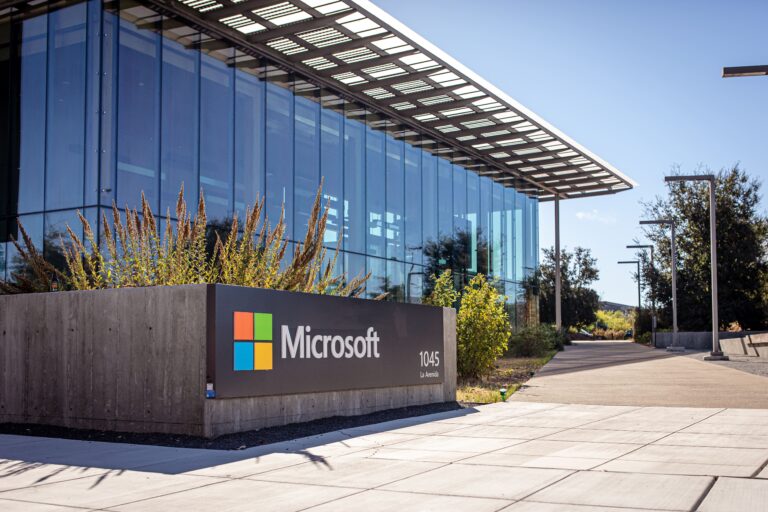A major transition is coming for computer users everywhere. Microsoft will officially end support for Windows 10 on Tuesday, 14 October. After that day, millions of computers will lose critical security updates. Without them, hackers and malware could more easily attack vulnerable systems. Microsoft urges users to upgrade to Windows 11 for free, but many older devices will not meet the system’s stricter hardware requirements. Nathan Proctor, senior director at the US consumer group PIRG, warns that the move could create serious problems for both consumers and the environment.
Millions still rely on Windows 10 every day
Windows remains the most popular operating system in the world. Microsoft says it runs on more than 1.4 billion devices. Statcounter data shows that about 43% of them were still using Windows 10 in July 2025. In the UK, consumer organisation Which? estimates that 21 million people continue to rely on the ageing system. A survey found that one in four plan to keep using Windows 10 even after official support ends. Roughly one in seven said they intend to buy a new computer.
Consumer advocates have criticised Microsoft’s decision, calling it wasteful and unfair. “People are tired of devices that lose support or can’t be repaired,” said Proctor. “We deserve technology that lasts,” he added.
What users can do to stay protected
Microsoft offers two main choices for personal users. They can upgrade to Windows 11 or sign up for extended security updates lasting another year. Both options can be managed in the “Privacy and Security” section of system settings. Those with eligible hardware can upgrade to Windows 11 for free. However, many will need to purchase new devices, even if their current ones still work well.
For those unable or unwilling to upgrade, Microsoft will continue security protection through its Extended Security Updates (ESU) programme until October 2026. The ESU offers essential security patches but no technical support or new features. Users in the European Economic Area can register for ESU at no cost. Others can qualify by installing the latest version of Windows 10, creating a Microsoft account, and backing up their settings.
If these steps aren’t completed, users must pay $30 (£22) or use 1,000 Microsoft Rewards points to access ESU. Businesses using Windows 10 will pay $61 per device, depending on their location.
What will change after support ends
Since its 2015 launch, Windows 10 has received continuous updates to improve security, fix bugs, and add features. Now Microsoft wants users to shift to Windows 11. But the newer system demands more modern hardware and requires a Microsoft account for full access. Ironically, even extending Windows 10 through ESU also needs an account. Some users have raised privacy concerns about these requirements.
The risks of ignoring the update
After October 14, Windows 10 computers will stop receiving vital security fixes. That means they’ll become easier targets for viruses, ransomware, and other cyber threats. Without updates, defences will weaken quickly, leaving users exposed to attacks.
Recent cyber incidents have already hit retailers, car manufacturers, and childcare providers. Microsoft’s Chief Marketing Officer, Yusuf Mehdi, warns that companies using unsupported software may struggle with compliance and security regulations. Developers may also stop supporting Windows 10, causing apps and tools to lose features over time.
The end of Windows 10 marks the close of a digital era. For millions of users, the choice is clear: upgrade and stay protected, or risk falling behind as security fades away.


